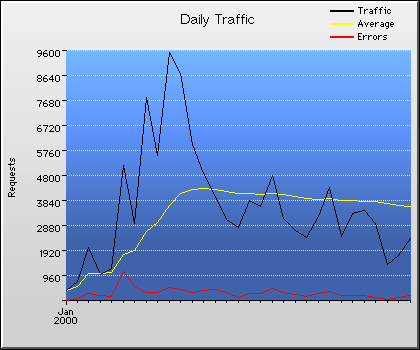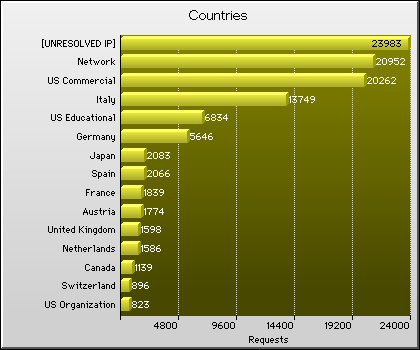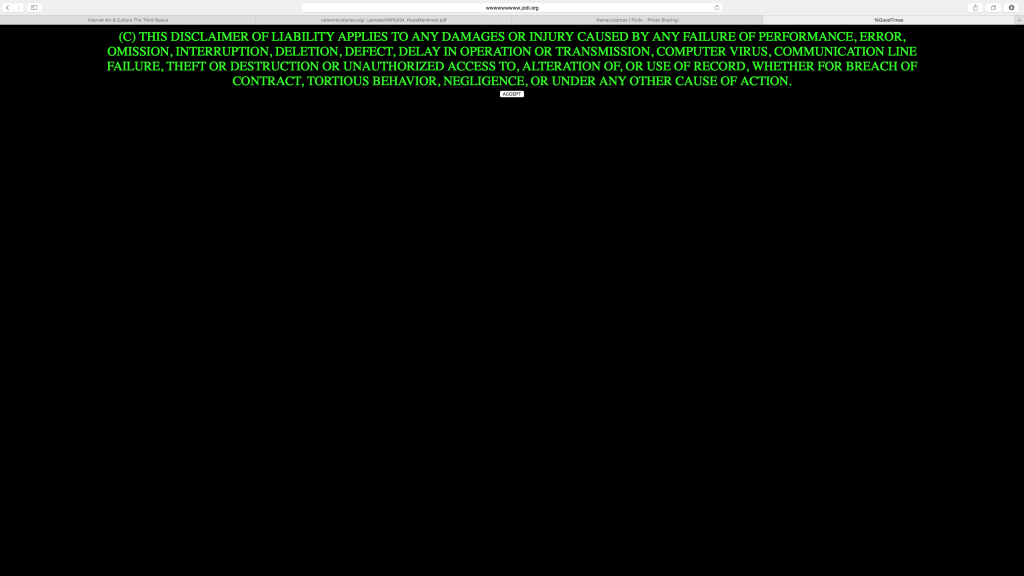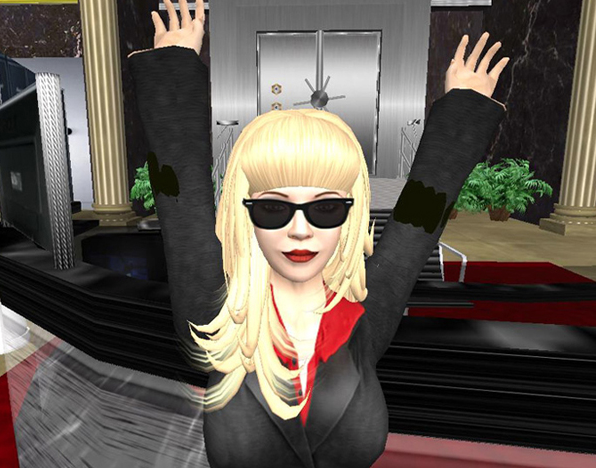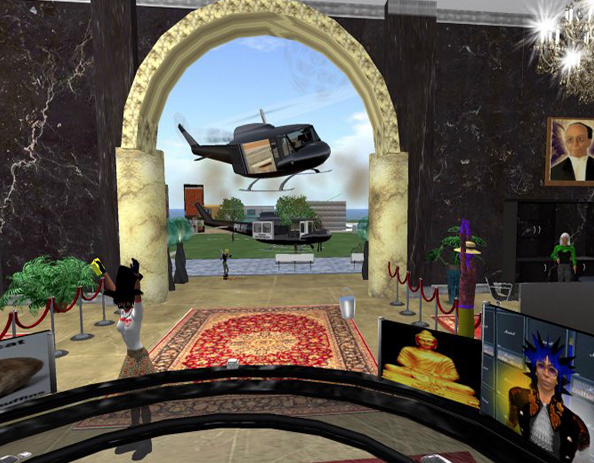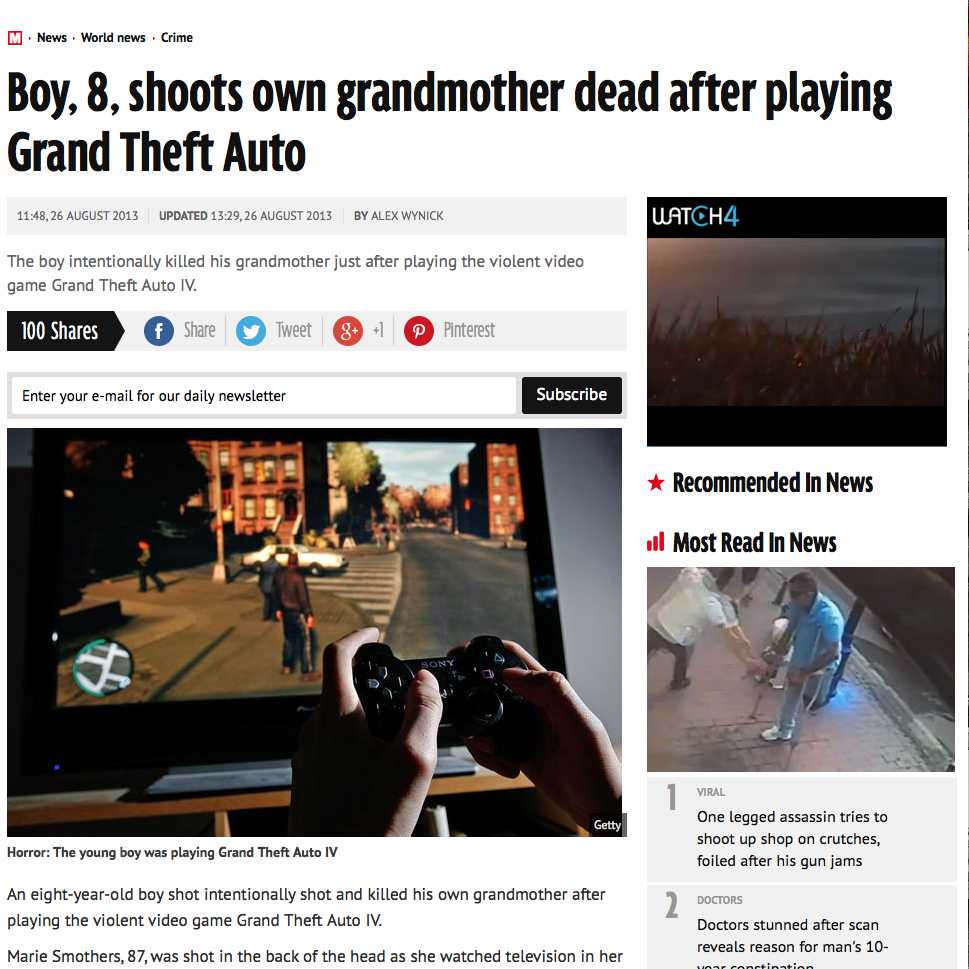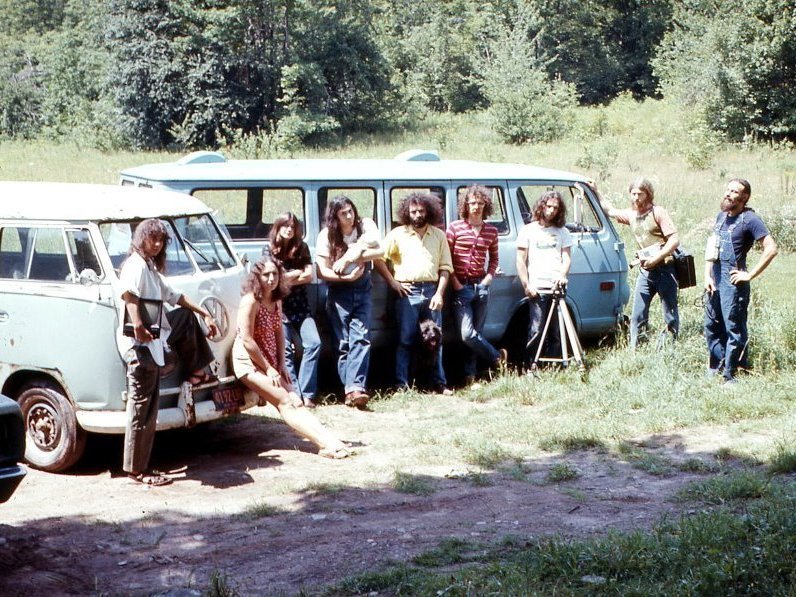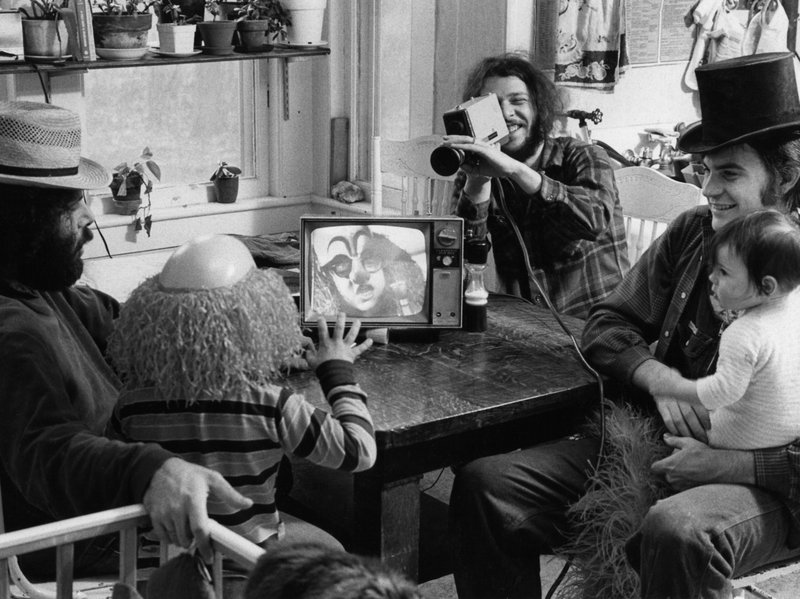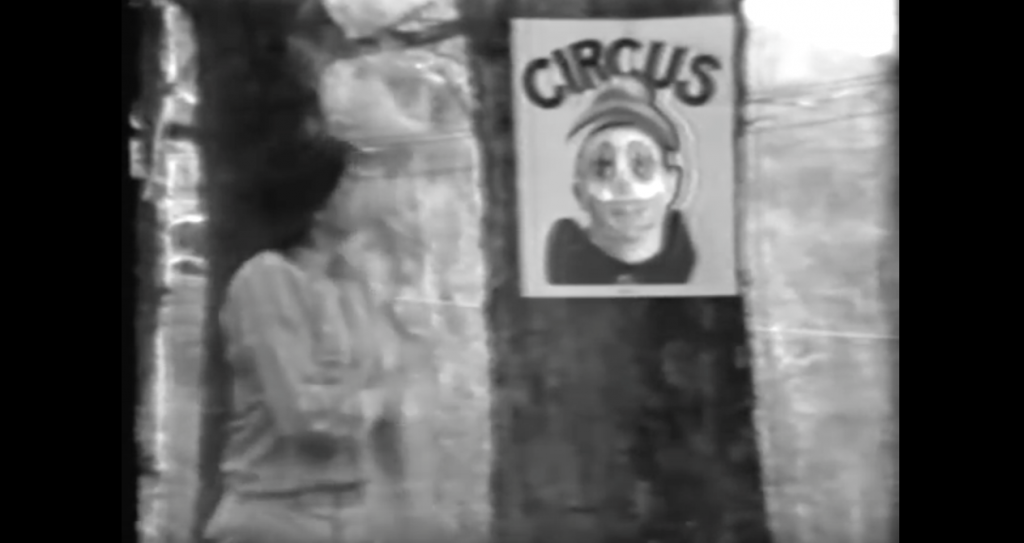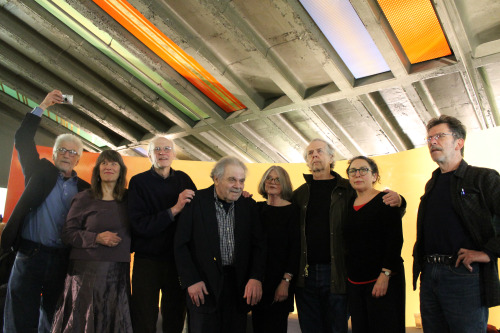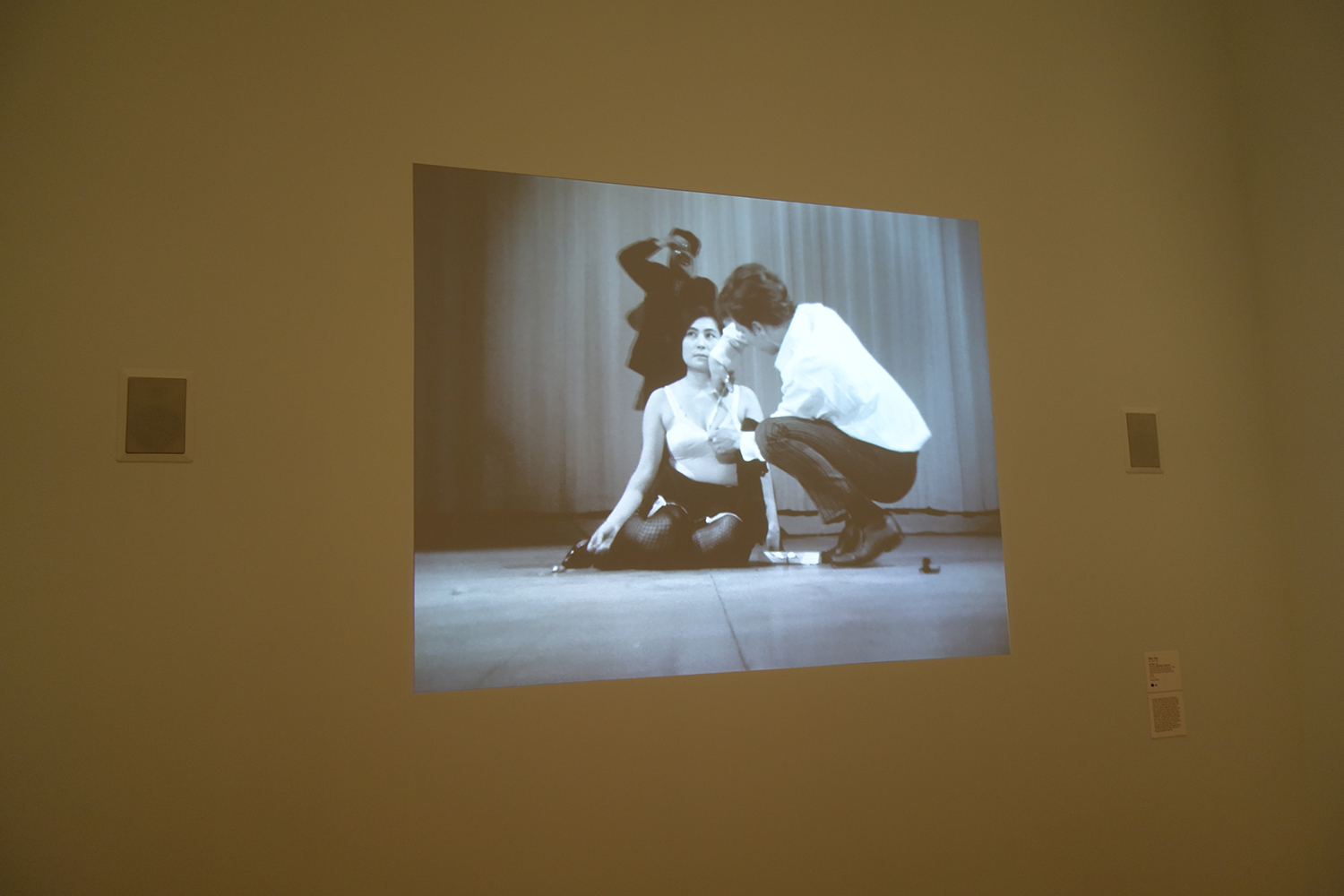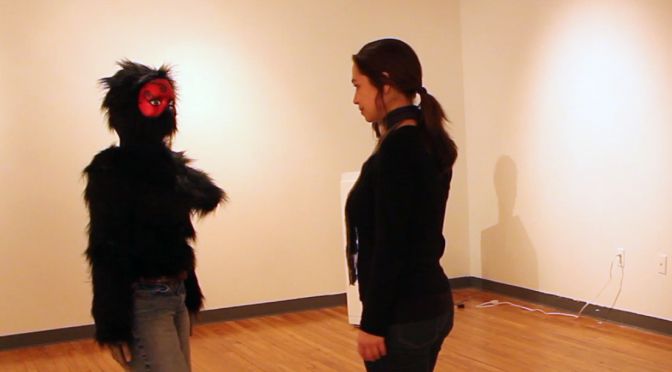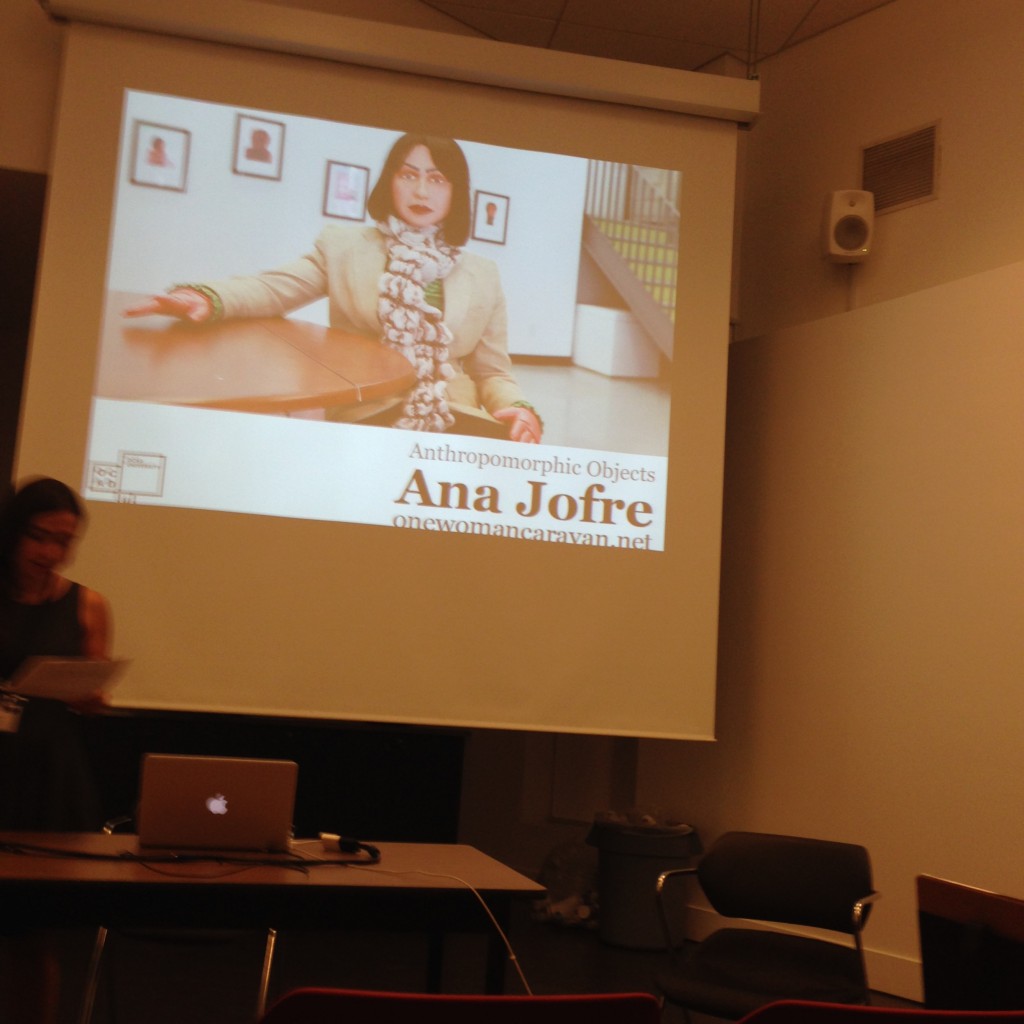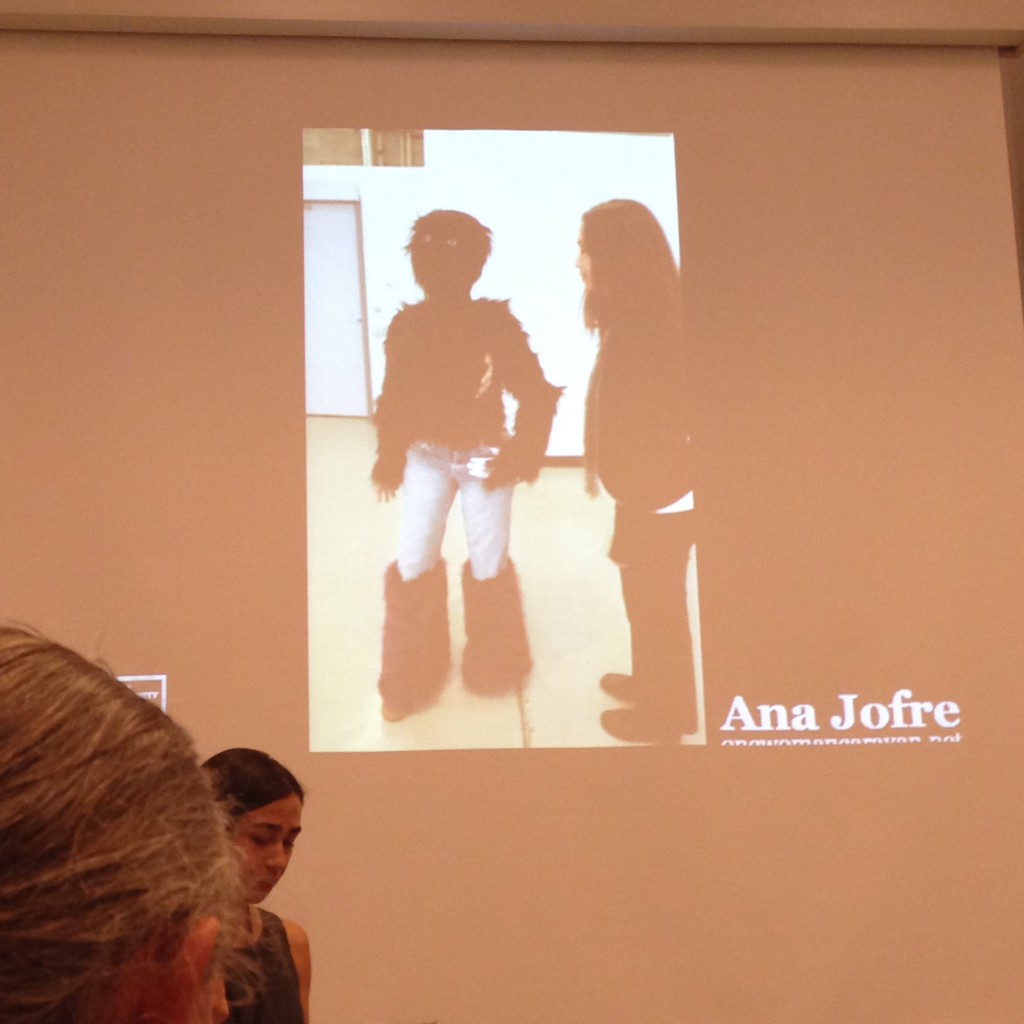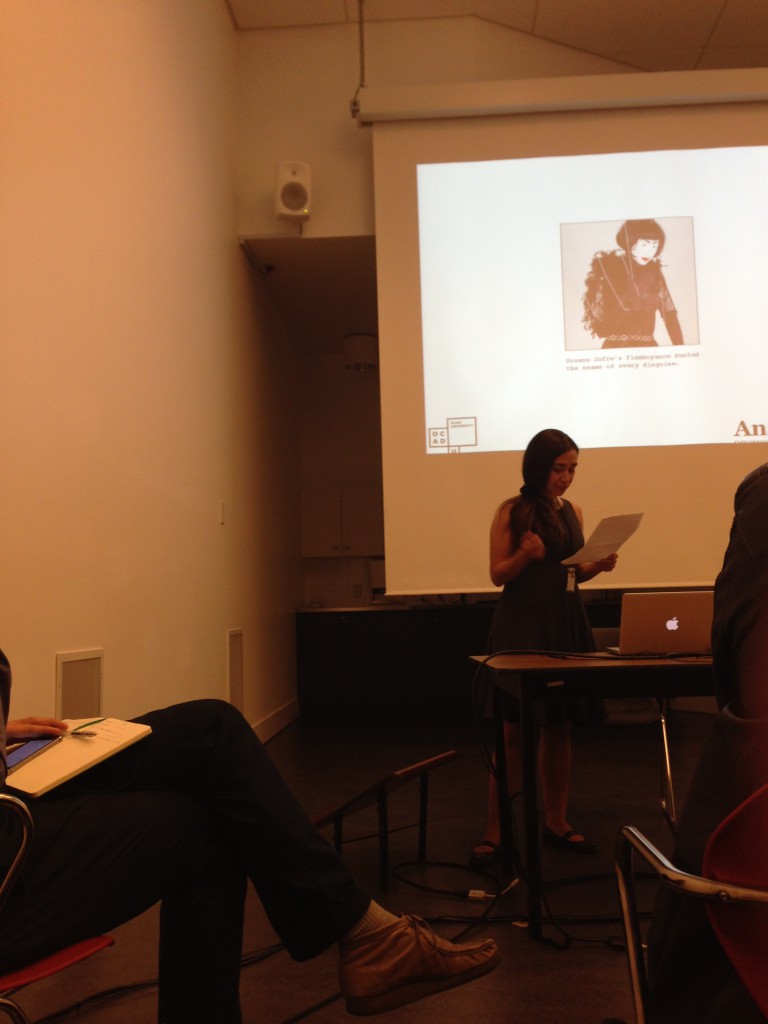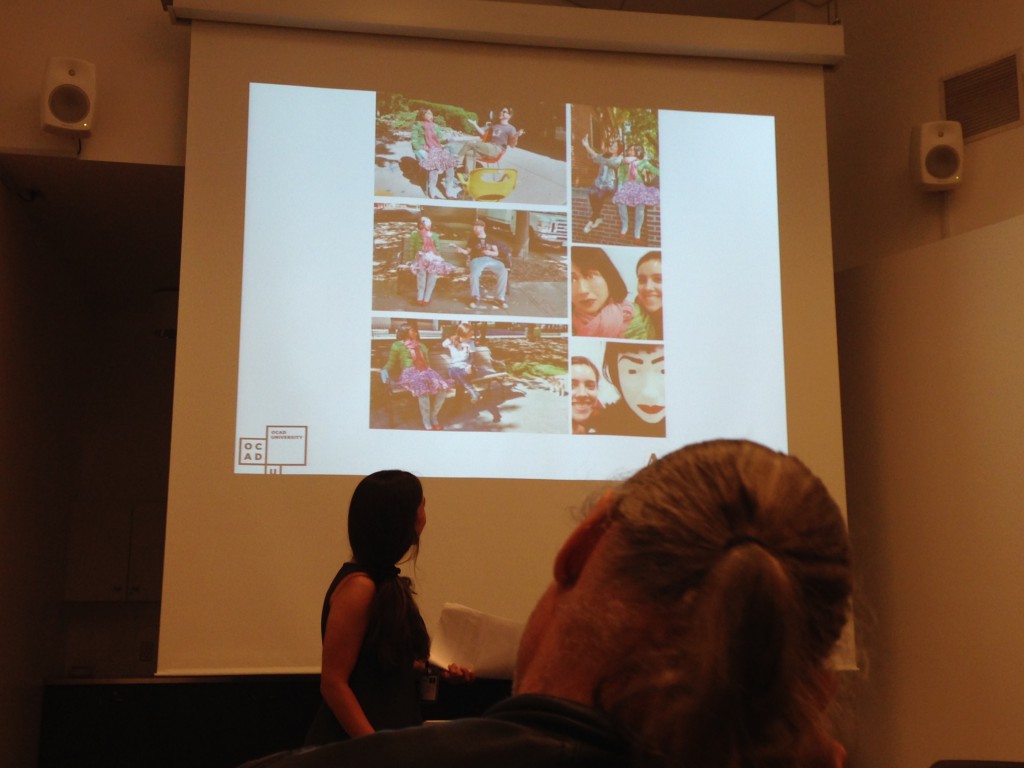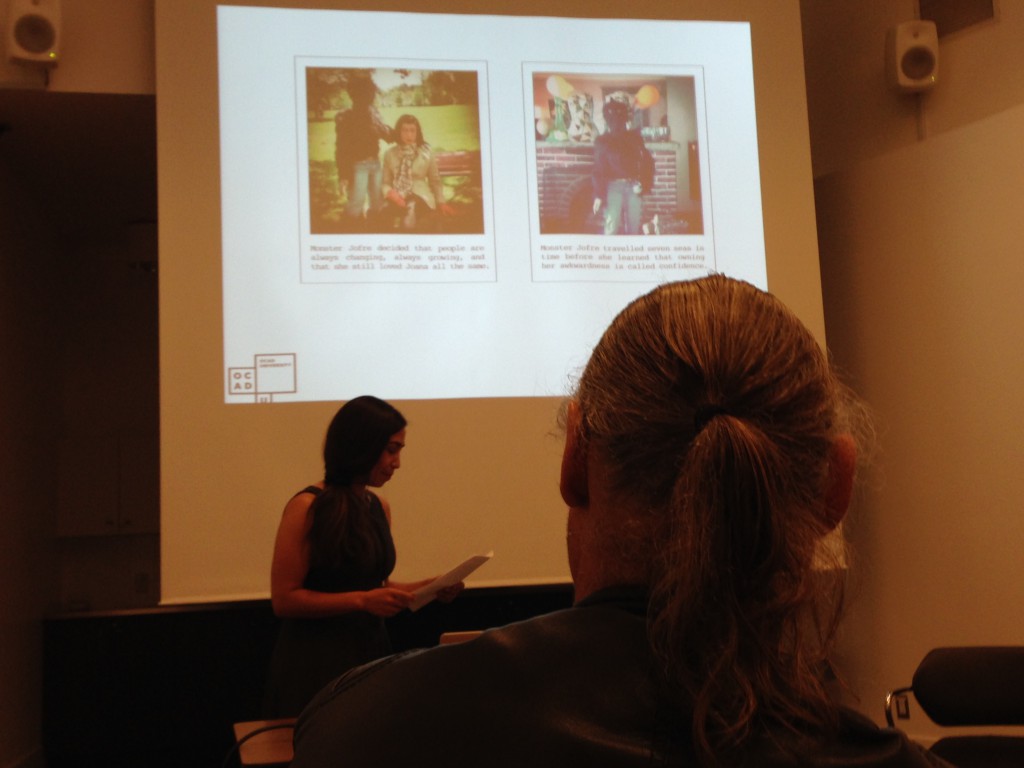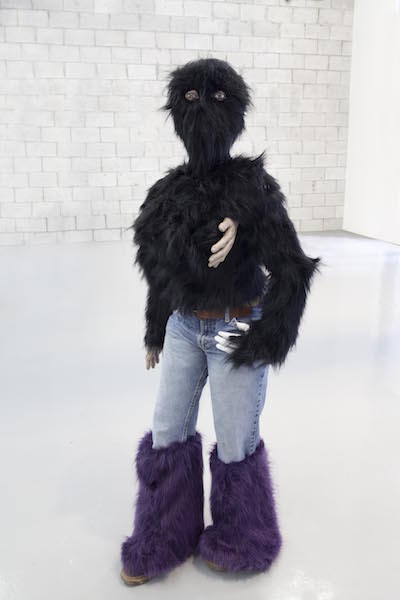Can you imagine sharing your own personal computer to a stranger? You will definitely be uncomfortable because there are sensitive information in your computer, plus all your secret is there in your history page!
But that was what exactly Eva and Franco Mattes did in Life Sharing. They open up their computer to the whole world. They made each and every file from their computer accessible to anyone at anytime! From emails, to bank statements, to photos, even softwares they used were all no longer private. I mention no longer private because one’s personal computer is like a private object because it sometimes contain your dirty laundry, but in Life Sharing, their private life becomes a public art. 
Like the title suggests, this work focussing on the idea of sharing. Anybody can search and copy freely the files even the system as well. This work was dated 2000-2003, there wasn’t any social network, but in this way, Eva and Franco was able to share things to the world. The picture below is the screenshot of the email. Obviously, this was a very risky move as anybody could make one bad move and sabotage the emails and there could be a possibly a leak of secret information or virus to the email’s recipients. 
In January 2001 we started sharing our personal computer through our website. Everything was visible: texts, photos, music, videos, software, operating system, bank statements and even our private email. People could take anything they wanted, including the system itself, since we were using only free software. It was not a normal website, you were entering the computer in our apartment, seeing everything live. It was a sort of endurance performance that lasted 3 years, 24/7.
-Eva & Franco Mattes
Being able to see everything from their screen live from my computer is an act of intrusion of privacy but that’s the whole point of this work. It pushes boundaries and question the meaning of open source and what it means to have boundaries between private and public. But more on that later.
Screenshots and software experiments:
While CCTV surveillance is commonly covert and broadly concerned with policing, the webcam is characterised by a generally opposite impulse toward openness, sharing, and freedom of expression.
-Webcams or the Virtual Performance of Real Life
While the readings is solely focus on the idea of the Webcam, I find it relevant as well in this work. As webcams shows a particular scene of a place or location, it has the same effect as looking at Eva & Franco Mattes’s computer screen. Both have the effect of voyuerism however the aspect of ‘performance’ in Life Sharing is not evident compare to webcams.
Another interesting aspect of Life Sharing is that they extend the idea of exposing themselves through the internet by sharing their location through a GPS transmitter, so everyone knows where they are at any given time. I think this idea of sharing their exact location is actually very interesting given the time this work was done. Sharing one’s location could be dangerous if you have an assassin on you but for parents, they are able to know where their children is, for safety concerns. But I guess for Eva & Franco, they want to emphasise the idea of full exposure and that they have nothing to hide.
This sharing of location reminds me of the current social network application such as Facebook and Foursquare where we can actually share our location to the masses. Even instagram, you can tag the location. So I guess the idea of sharing location wasn’t something new. Back then where all the social network website wasn’t there, Eva and Franco uses the website like a social network where they are able to share their location to the public.
They also keep track of the traffic that come through their website. They were so obsessed with keeping track that they woke up in the middle of night to checking how many people were viewing Life Sharing. Having a viewer is important as it is proof that people are actually interested in looking at a stranger’s computer screen and maybe get a free file or two. It helps the work to be successful in terms of its purpose as well.
In Summary, Life Sharing is a risk that the artist is willing to take to push the boundaries of the idea of internet privacy. By being vulnerable through sharing everything on the computer to the masses, Eva & Franco question the meaning of sharing. As Life is all about sharing and giving back to society, eva and franco have done probably a good job in that.
Update:
and Oh, should I add , that being vulnerable technologically is more dangerous than being vulnerable physically? Haha I feel so because there are many secrets one keep in the computer. This reminds me of Marina Abramovich’s Rhythm 0 where she leave the power to the hands of the people, similarly, in Life Sharing, Eva and Franco are leaving the responsibility to the mouse of the people. Okay, I am done.







